Over the summer Spoon & Tamago planned a retreat to Naoshima and its neighboring islands in the Seto Inland Sea of Japan. Over the past 20 years the unlikely location has emerged as one of Japan’s most prominent sites for cutting edge architecture, art and installations that all seamlessly merge with nature. And on the blog we’ve devoted several articles to the 12 islands and their 200+ works of art so we were excited to finally visit.
We decided to share our itinerary with you because the multiple islands and ferries are certainly not easy to navigate. We spent a lot of time planning and thought that by sharing our notes with you it would make the islands more accessible.
Day 1
Travel to Takamatsu and board ferry to Naoshima
We took an early morning flight from Haneda that got us to Takamatsu airport by 9AM. From there it’s a 30 min bus ride to the ferry terminal. We bought our tickets for the ferry ride and 10 minutes later we were on the high seas! Well, not exactly. The Inland Sea is very calm and despite a typhoon passing nearby we barely felt the waves. 50 minutes later we were greeted by Yayoi Kusama’s red pumpkin at Naoshima’s Miyanoura Port.
Check-in, unload and explore
A shuttle at the port picked us up and took us to the Benesse House, where we were staying. A note about lodging: there are cheaper options but guests of Benesse House get to explore the museum during after-hours, which is quite special! It’s one of the reasons we decided to stay there.
We then hopped in their shuttle to the other side of the island to explore the Honmura Area. While the typhoon left our plane and ferry unscathed, it did manage to shutter the Art House Projects. But even though the empty-Japanese-homes-turned-art-installations were closed, the town offers so much character that it was fun just walking around and exploring. We made our way back to the hotel for a 5PM tour of the collection. The tours are only offered in Japanese but highly recommended if you have a grasp of the language.
Notes:
- Mode of transport is shuttle bus. This timetable (PDF) will be your best friend
- Most attractions are closed on Mondays so avoid that day
- Cost of shuttle + ferry + museum: 2,560 yen (per person)
Day 2
Spend the day on Inujima
9:20 AM – Ferry departs from Miyanoura Port (Naoshinma) to Inujima; about a 1 hour ride. The next one isn’t until noon so we made sure we got on it!
Inujima is a super-tiny island with a population of around 50 people. But what it lacks in size it makes up with some amazing art and installations. And because it’s so small time seems to slow down the moment you set foot on ‘dog island.’ Ironically, the island has more cats than dogs. It got its name from a large boulder that looks like a dog.
We spent the morning strolling through an old copper refinery that had been turned into an environmentally sustainable museum. After that we walked into town and made our way through the art houses – a total of 5 – that had been converted into galleries by art director Yuko Hasegawa and architect Kazuyo Sejima. It was beautiful and meditative. One of the homes at the end thoughtfully comprised an installation of neon hammocks that you could lie down in and listen to the sounds of the island.
3:20 PM – The last ferry back to Miyanoura port departs and we were on it.
Once we were back on Naoshima we headed to I ❤ Yu, a psychedelic public bath where we could rest our tired feet. (Note: towels and soap available for purchase but if you’re on a budget you will want to bring your own.) By then we were hungry so we grabed a bite at Café Konichiwa before making our way back to the hotel. The day ended with a guided night tour of Benesse House Park (beginning at 8PM) and a night-viewing of Kusama’s Yellow Pumpkin.
That night we moved lodgings to the Benesse Oval House. It was an interesting experience as guests have access to the highest point of the hotel. It’s great for stargazing and the structure itself is gorgeous but the rooms are slightly more expensive and you have to take a cable car to get back and forth from the main hotel. The cable cars move at a snail’s pace (quite literally) and there’s only 1. Which means that if someone got in it right before, you could be waiting several minutes for it to return.
Notes:
- Mode of transport are your legs
- Attractions are closed on most Tuesdays
- Cost of ferry + museums + bath: 4,420 yen (per person)
Day 3
Spend the day on Teshima
9:20 AM – We boarded the same ferry as yesterday but got off at Teshima (about a 30 min ride) before the ferry made its way on to Inujima. Compared to Inujima, Teshima is a much larger island and walking its mountainous terrain would take forever. Most people rent battery-powered bicycles, which are available as soon as you get off the ferry. The battery allows you to peddle up steep hills at ease (it still requires some degree of physical fitness) and then race down the steep slopes. This proved to be one of the highlights of the island.
We pedaled our way to the Teshima Art Museum, one of the most enchanting places I’ve ever been in all my life. And yet on display is only a single artwork: droplets of water. Designed by artist Rei Naito and architect Ryue Nishizawa, the building consists of a concrete shell, devoid of pillars. Droplets of water magically seep out from the floor (watch where you step) and move along the concrete to join larger puddles, eventually trickling back into holes. Two oval openings allow elements of the world – air, sounds, and light – to enter.If there’s a place where you could go to see our beautiful planet inhale and exhale, this may be it.
Still dazed from the the Teshima Art Museum, we got back on our bikes and made our way to the seemingly deserted beach where, inside a small museum, French artist Christian Boltanski has installed “Les Archives du Cœur.” The installation permanently houses recordings of the heartbeats of people throughout the world and is intriguing albeit slightly creepy.
After some stone-skipping in the calm waters of the inland sea our battery-powered bikes took us back up and around the mountainous island. As we headed back to the ferry terminal we stopped at Restaurant by the Sea. Sourcing only local ingredients, the terraced eatery makes you feel like you’re eating lunch while floating on the sea.
Finally, we made a pit-stop at the Ichigoya ‘Strawberry House’ for an amazingly delicious strawberry shaved ice.
3:55 PM – Board the last shuttle back to Naoshima.
That night we splurged on dinner at the hotel’s Etoile de la mer (The Sea Star ). We had made reservations that morning and timed it so that we could attend the Benesse House Park’s museum tour at 8:00 PM.
Notes:
- Mode of transport: battery-powered bicycle
- Attractions are closed on most Tuesdays
- Cost of ferry + museums + bicycle: 4,170 yen (per person)
Day 4 (final day)
We had an evening flight back to Tokyo and decided to use our last day for all the leftovers on Naoshima that we hadn’t gone to yet. But that didn’t mean they were any less attractive.
Once again (with trusty timetable in hand) we boarded our shuttle bus to the stunning Chichu Art Museum and got there right for 10:00 AM when it opened. Designed by Tadao Ando, the museum is built into a mountain and its facades are only viewable from the air. Highlights included a tiled room that you enter with slippers to view 3 large paintings by Claude Monet. And the James Turrell installation is nothing short of breathtaking.
We also had time to squeeze in the Lee Ufan Museum and its profound collection of monoha works.
Back at our hotel, with our bags packed and our room tab settled, we spent our last moments wandering the gallery. Perhaps one of the most alluring and enchanting thing about the space, and all the artworks on these islands, is how connected they are to nature. In turn, your experience with them will differ depending on the day of the year and the angle of the sun.
We lay on the large outdoor marble bed looking up, our bodies warmed by the emanating warmth from the suns beams the stone had been absorbing. Every once in a while a bird flew by or a dragonfly circled into the cubic structure we lay in. Finally, it was time to go. As we got up to leave I noticed a small plaque in the corner with the title of the artwork. It was called “The Secret of the Sky.”
Notes:
- Mode of transport: shuttle bus
- Attractions are closed on Mondays
- Cost of ferry + museums: 4,310 yen (per person)

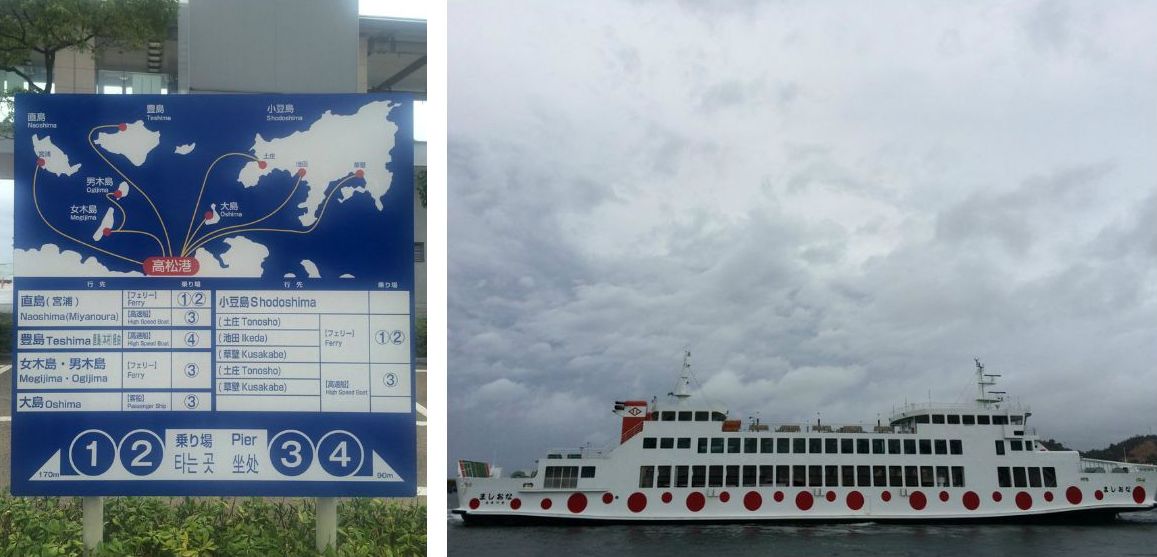
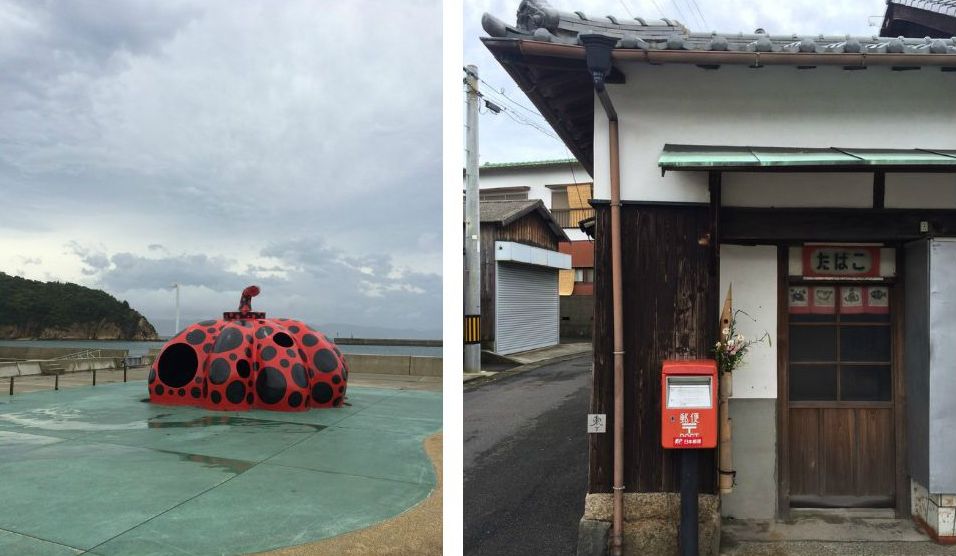
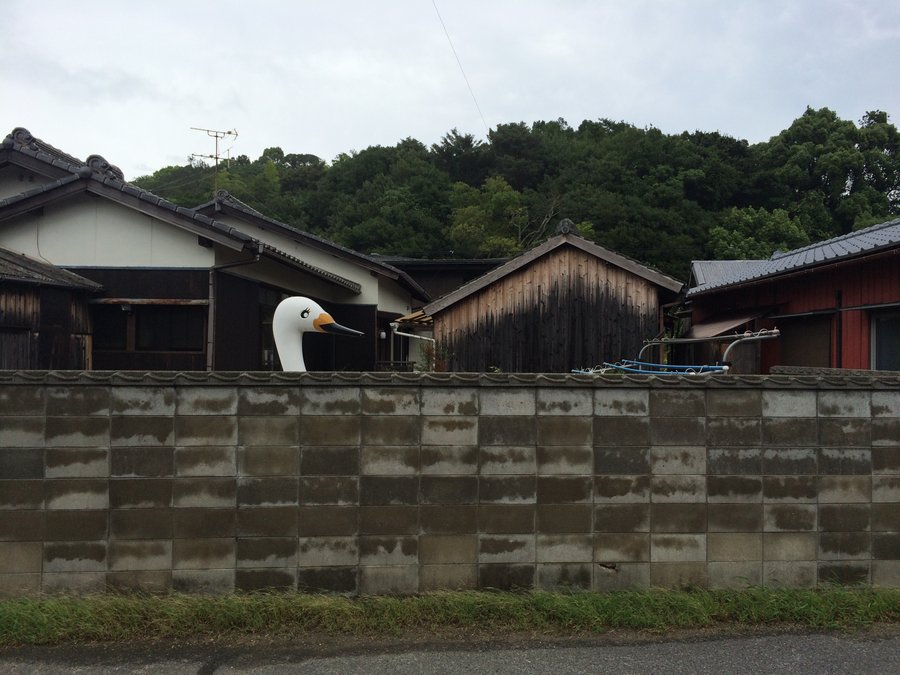
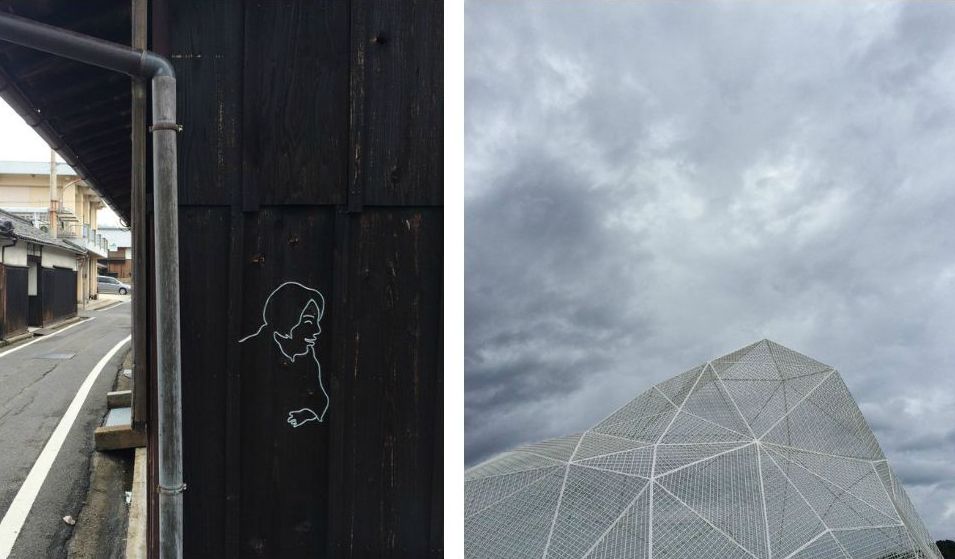
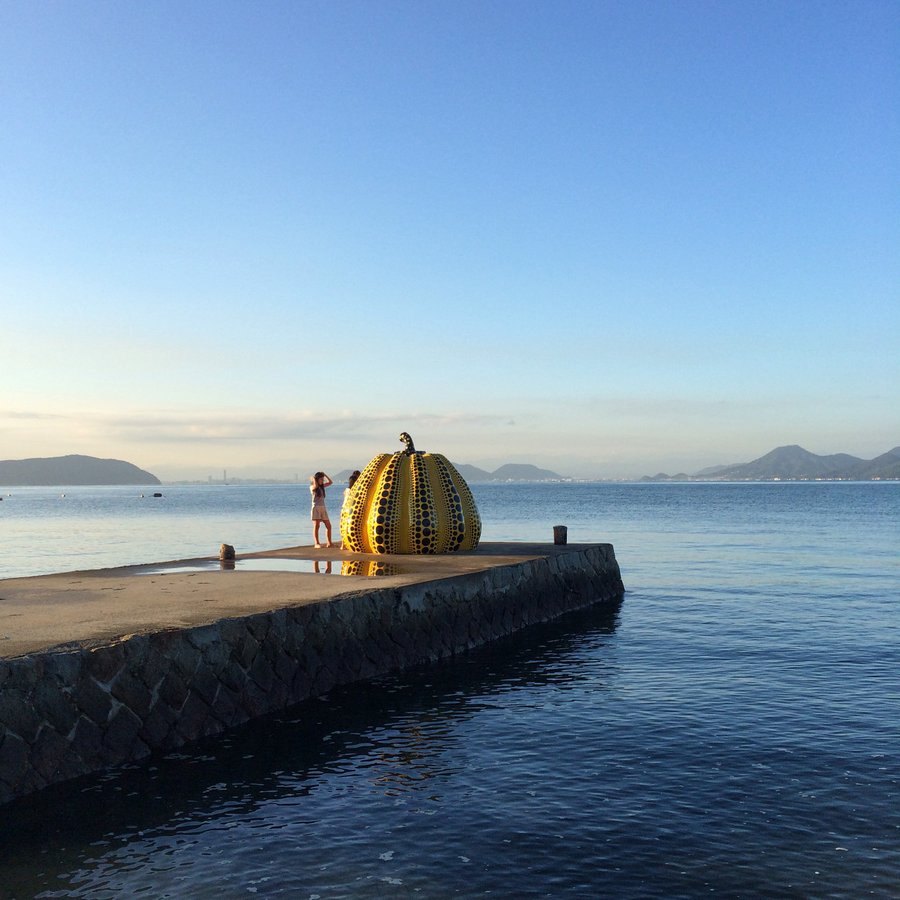
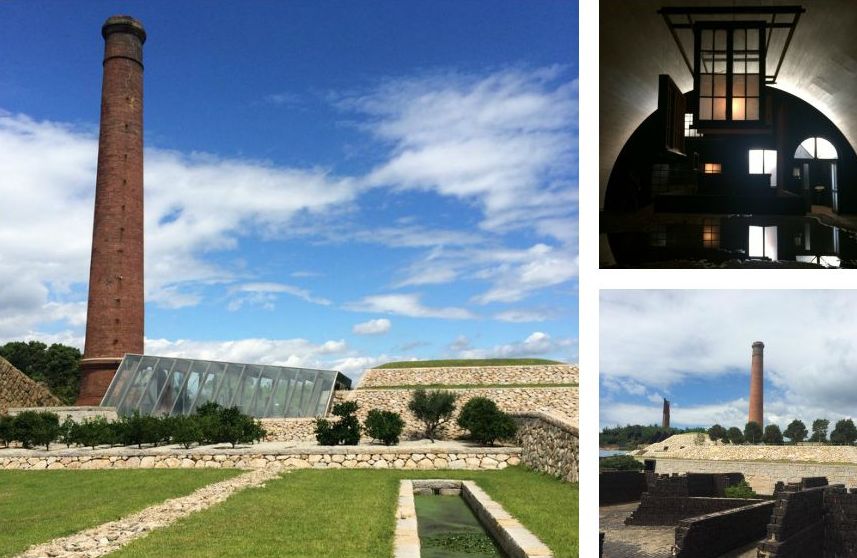
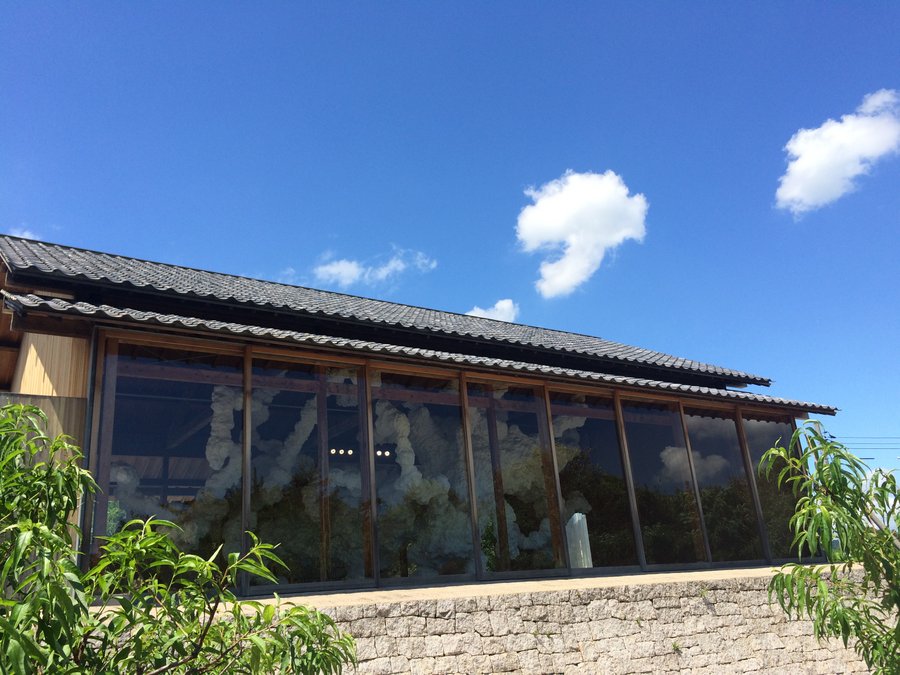
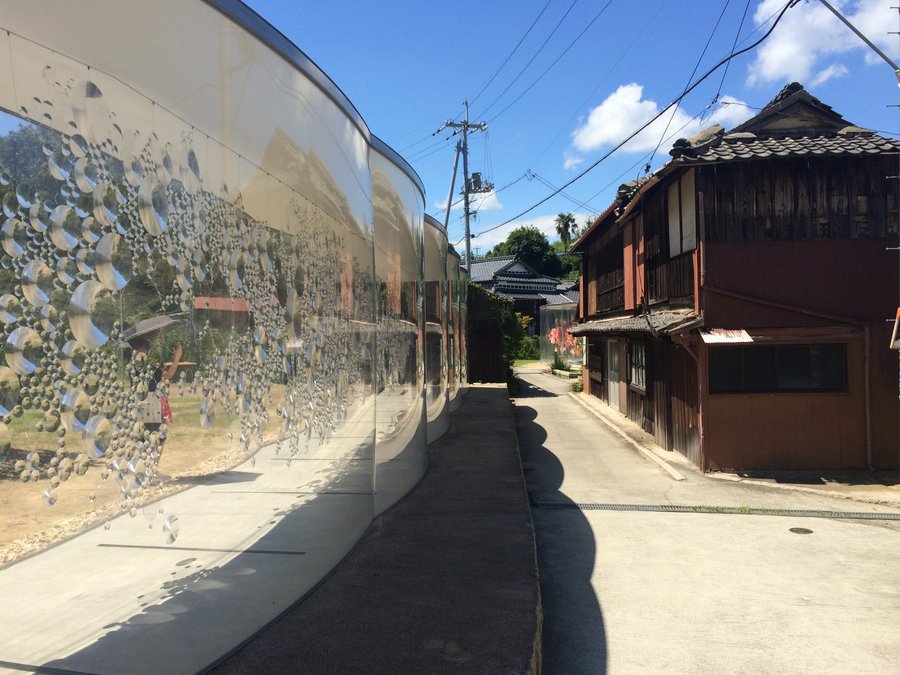
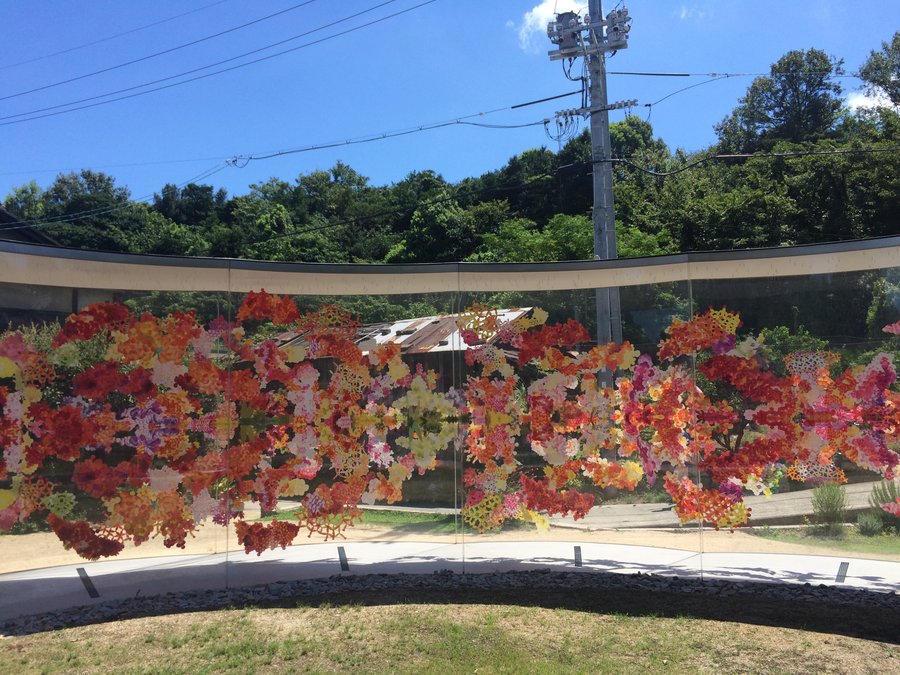
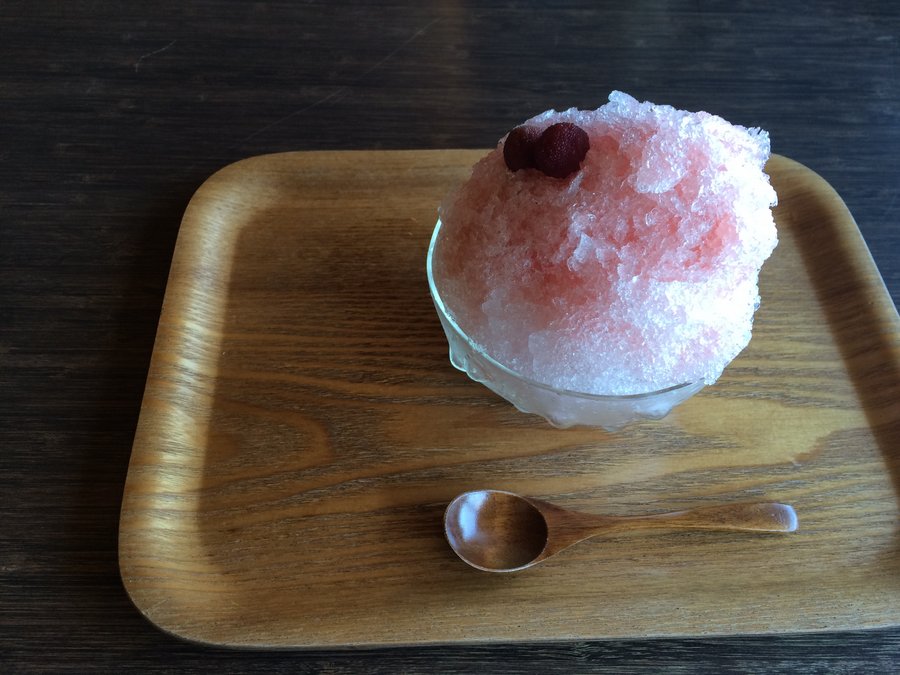
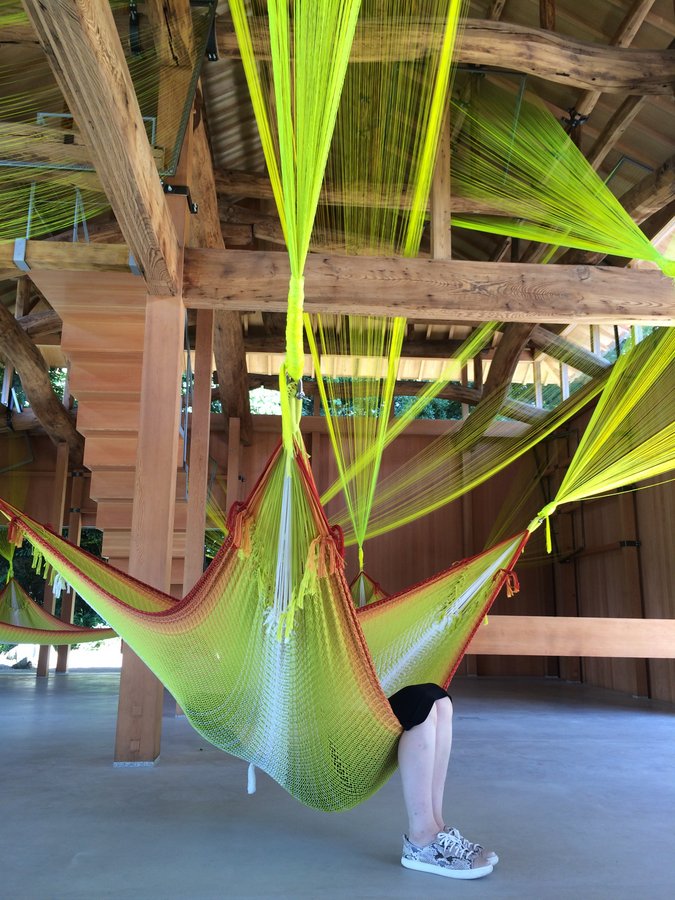
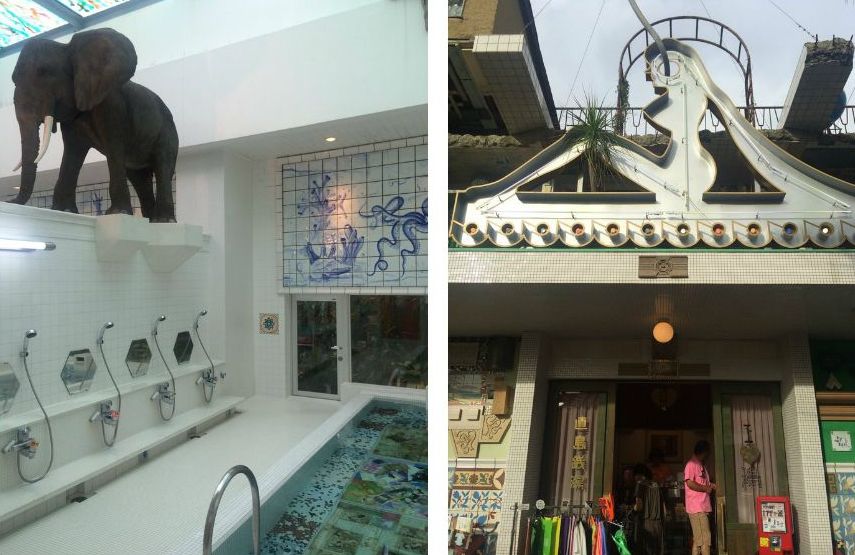
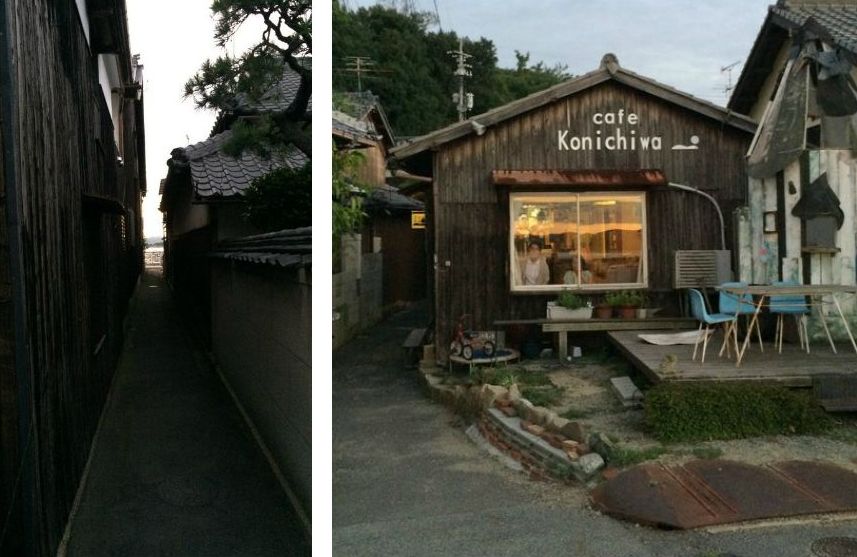
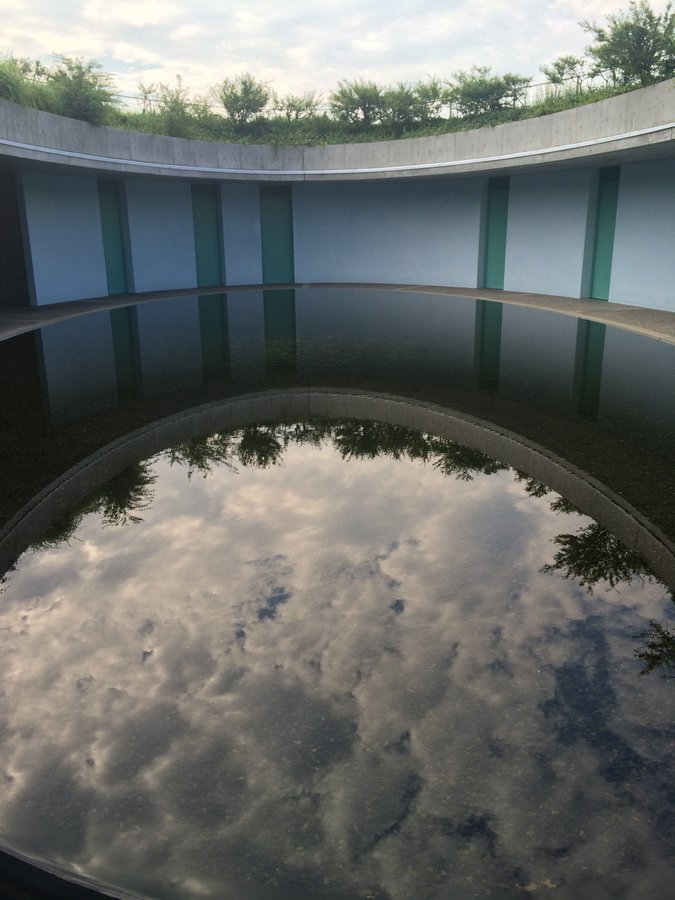
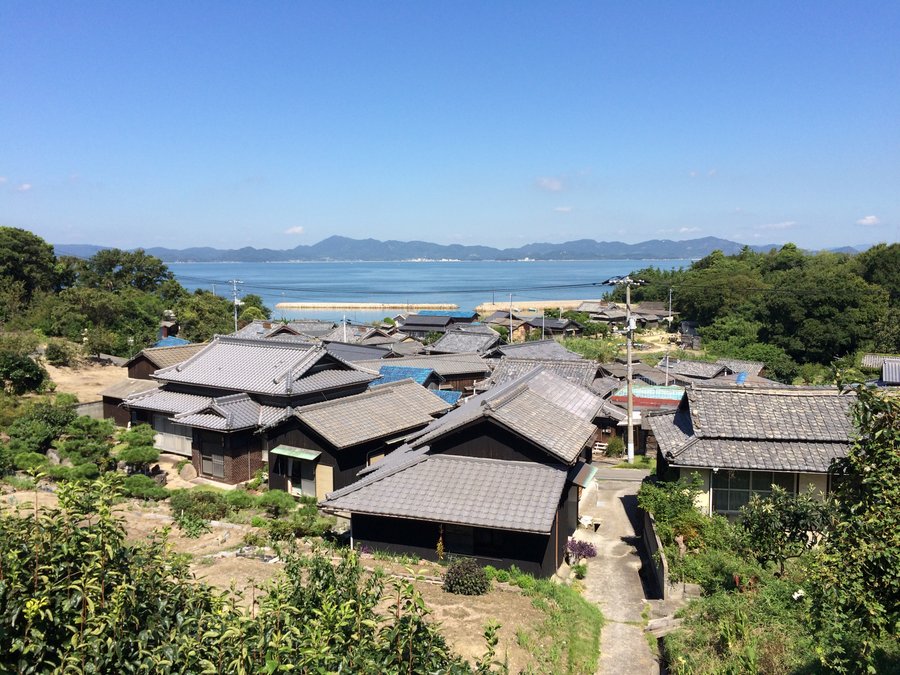
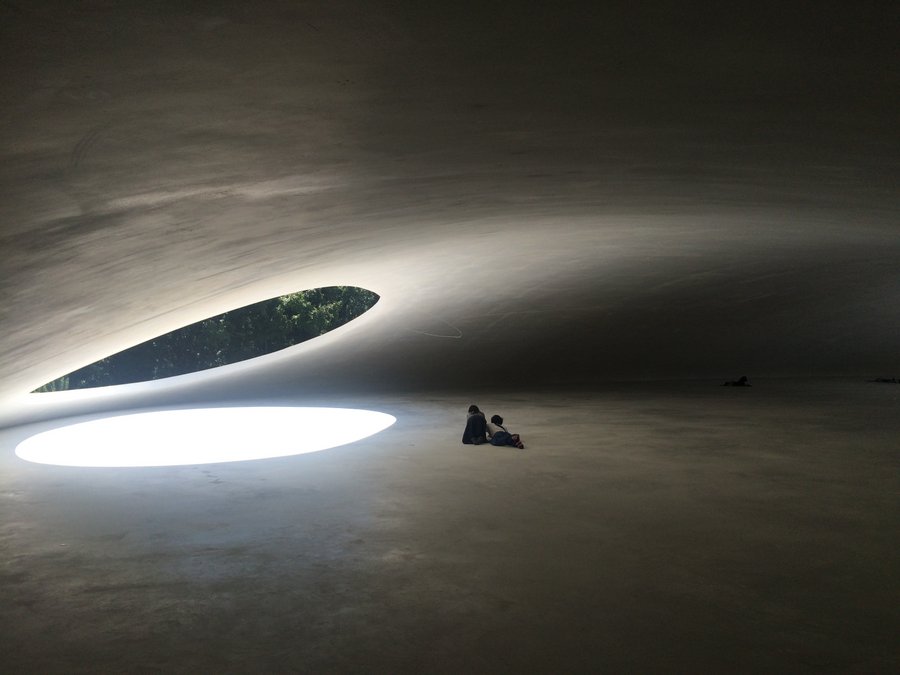
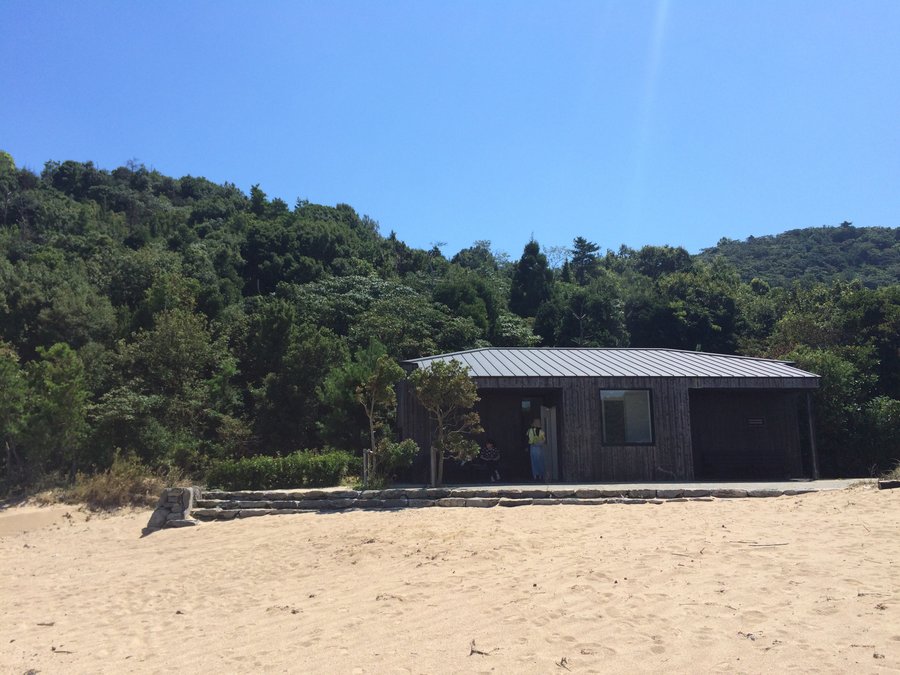
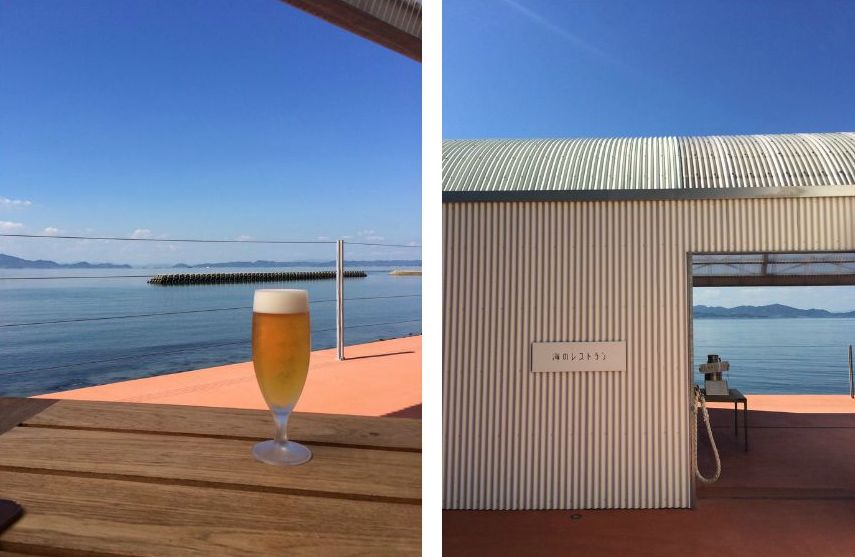
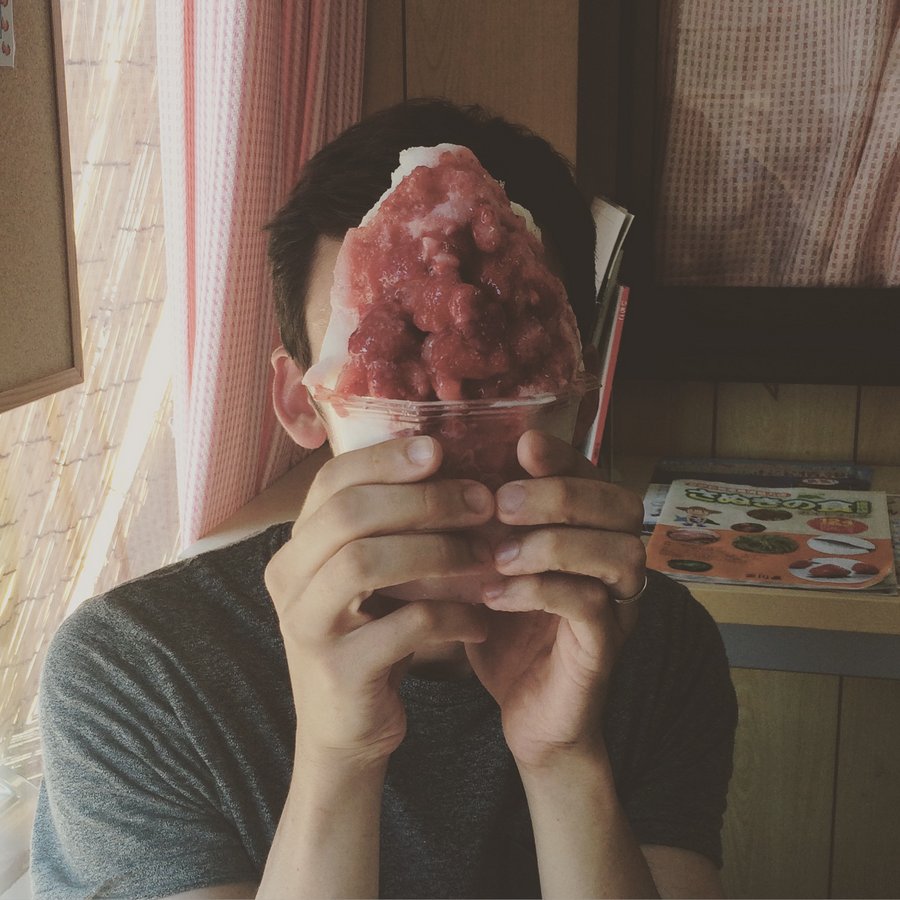

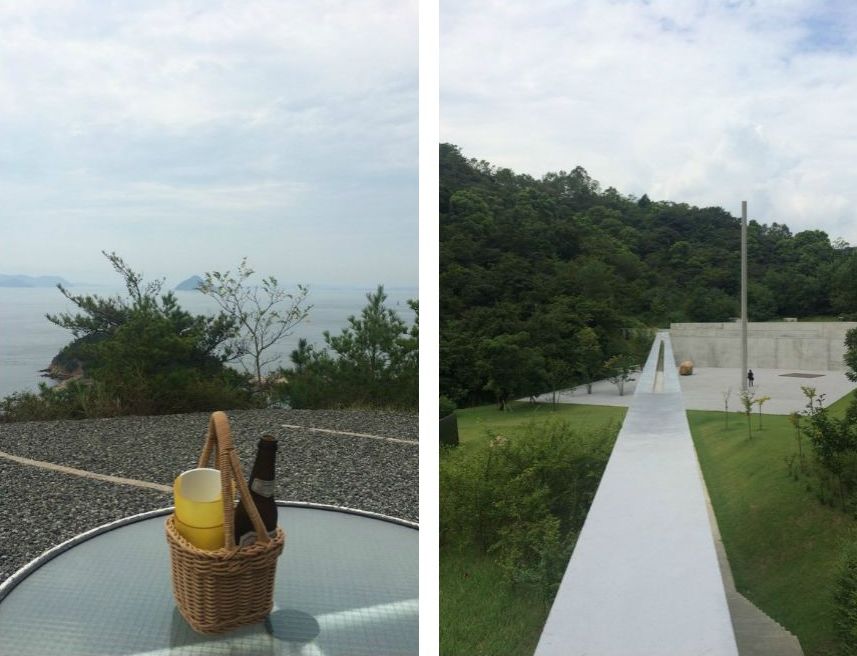
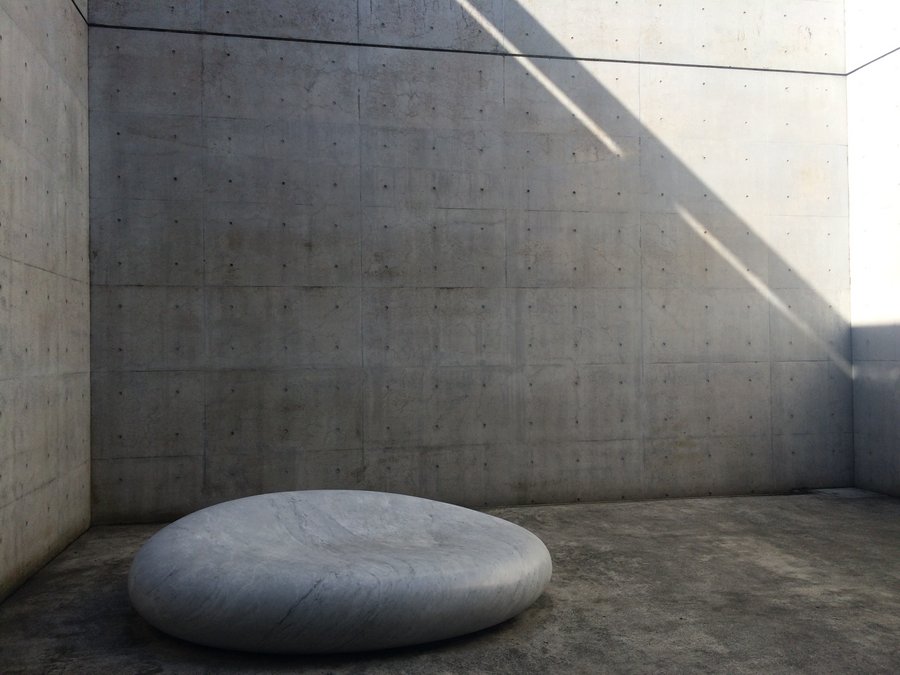

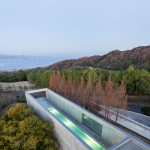
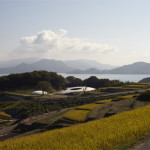
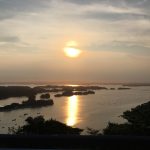
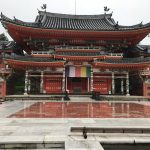


















September 24, 2015 at 4:11 am
A great article on Naoshima, it looks like I missed quite a bit of it when I visited.
I particularly remember the James Bond Museum, which was a very surreal experience.
September 24, 2015 at 6:02 am
The post guides me planning to trip of Naoshima in future.
Domo Arrigato!
September 25, 2015 at 6:43 am
thanks for sharing!! i’m going next week and will check out those spots you’ve recommended! juz one question – seems like most of the restaurants or shops will close before 6pm at naoshima so i guess i should do early dinner and go back to hostel and rest ? kaaa…thanksss
September 25, 2015 at 12:01 pm
@helen – yes, restaurants do close early. And eating out in general can be tricky because eatery’s have their own irregular schedules.
We tried going to Nakaoku twice but it was closed both times. (But when open they do stay open till 9PM)
Tabelog is a good reference: http://tabelog.com/kagawa/A3701/A370103/
September 25, 2015 at 7:45 pm
Loved your photos. I visited Naoshima two years ago, unfortunately I couldn’t afford to stay at Bennesse House.
September 27, 2015 at 4:41 pm
Domo Arigatou! Beautiful photographs, enticing and informative travelogue! You’ve shone a light on a spirit of Japan that is often unseen. Maybe you should put this post on your top ten!